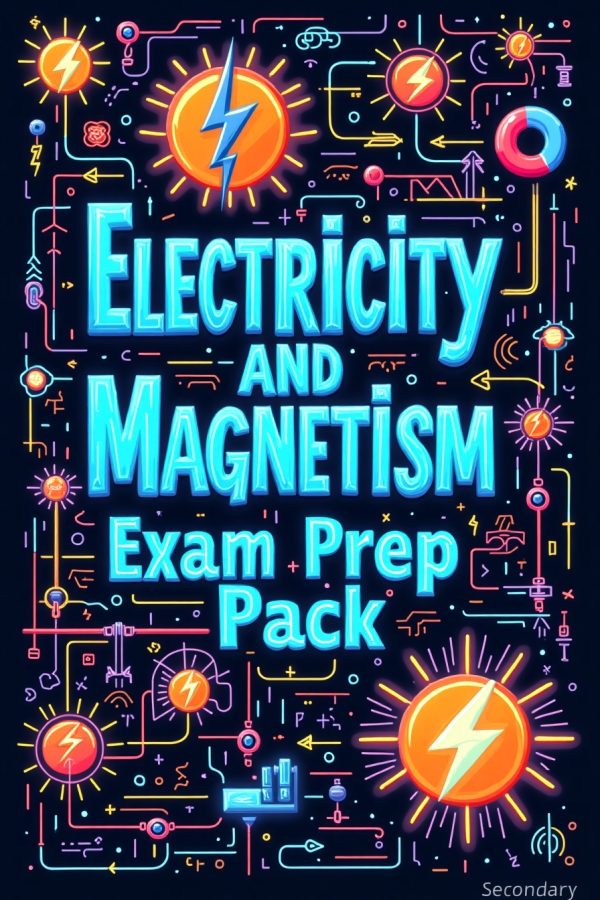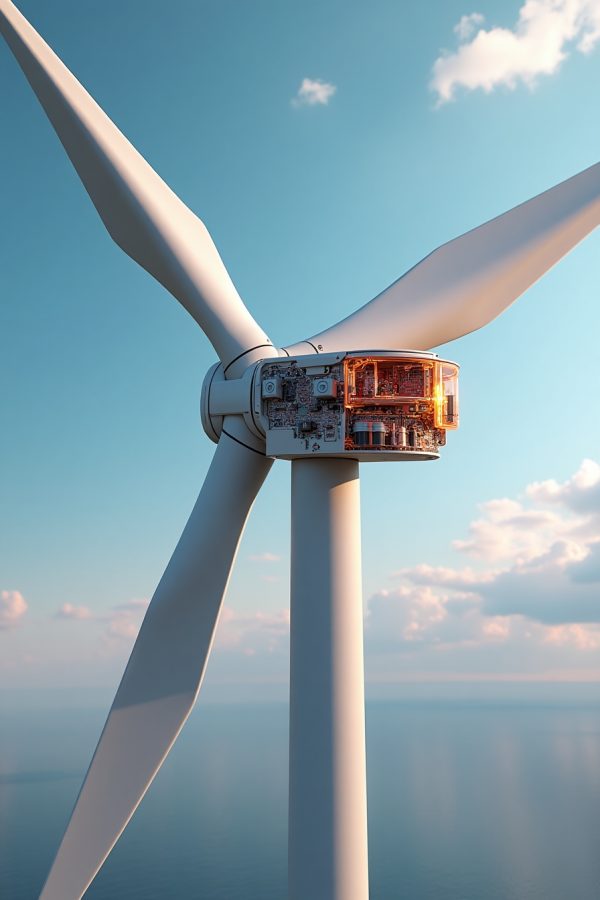Your cart is currently empty!
Energy Sources & the Grid: Interactive Secondary Seminar
Description: This seminar reveals how electricity gets from power plants to homes and why the grid must always stay balanced. Students begin with an engaging story of a hot summer day and explore what happens when demand spikes. They will analyze simplified load curves and identify daily peaks and valleys. They will model how generators…
Description
Description: This seminar reveals how electricity gets from power plants to homes and why the grid must always stay balanced. Students begin with an engaging story of a hot summer day and explore what happens when demand spikes. They will analyze simplified load curves and identify daily peaks and valleys. They will model how generators and storage respond to keep frequency stable using an interactive spreadsheet. They will examine case studies of solar, wind, hydro, and natural gas, noting strengths and trade-offs. They will discuss transmission lines, substations, and why outages can cascade if safeguards fail. They will compare centralized and distributed generation and consider rooftop solar and community batteries. They will complete a scenario where a school plans a small solar array with a safety-first mindset and realistic expectations. They will present choices, costs, and benefits in a short slideshow template. They will wrap with a reflection on energy equity and why planning matters for resilience. They will leave with a clearer sense of where electricity comes from and how choices affect reliability.
Format: On-demand seminar video, spreadsheet activity with load curves, slide templates, and case-study packets.
Duration: 90 minutes of instruction plus 30 minutes for the scenario project.
What You’ll Learn: Generation types; load balancing; transmission basics; storage roles; resilience planning; communicating trade-offs.
Target Audience: Secondary students (Grades 8–12) and classes exploring energy systems in a practical, discussion-driven format.





